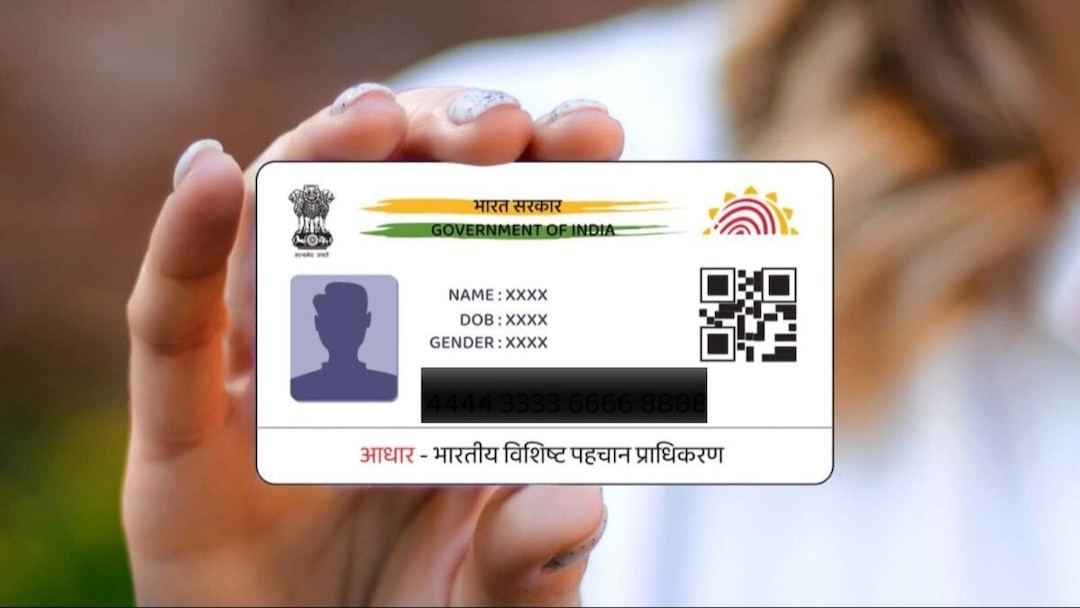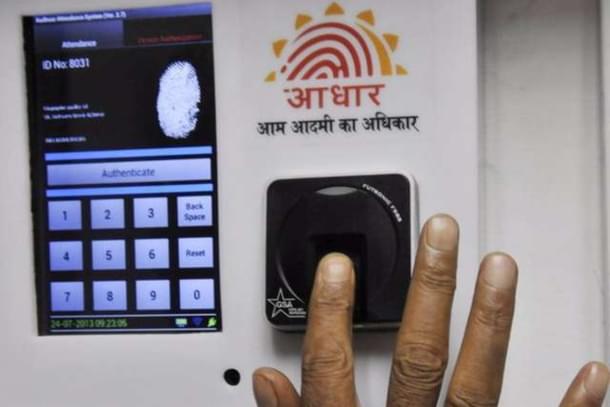India’s most widely used identity platform — Aadhaar — is about to undergo a major transformation. Starting November 2025, the Unique Identification Authority of India (UIDAI) will implement sweeping reforms that will directly impact over 143 crore cardholders.
The revamp is designed to make Aadhaar management faster, simpler, and entirely digital, aligning with the government’s ambitious Digital India vision.
Aadhaar Updates Now Go Document-Free
In a move that will redefine convenience, Aadhaar holders will soon be able to update their name, address, date of birth, and mobile number online — without uploading any documents.
UIDAI’s upgraded AI-powered verification system will auto-validate details using linked government databases like PAN, Passport, Driving Licence, MGNREGA, Ration Card, and Birth Certificates.
This means no more scanning and uploading — updates will be processed automatically and instantly.
However, biometric changes such as fingerprints, iris scans, or photographs will still require a visit to an Aadhaar Seva Kendra.
New Service Charges Announced
Effective October 1, 2025, UIDAI has revised its service fee structure:
◆Demographic updates (name, address, DoB, mobile, email): Rs75 (up from Rs50)
◆Biometric updates (fingerprint, iris, photo): Rs125 (up from Rs100)
The authority said the price hike reflects “enhanced infrastructure and upgraded service standards.”
Free Biometric Updates for Children
Parents have reason to cheer — UIDAI will offer free biometric updates for all children aged 5 to 17 years between October 2025 and September 2026.
This is expected to benefit nearly 6 crore children, ensuring they continue to receive education, health, and welfare benefits without disruption.
Officials emphasized that accurate biometrics are key to protecting a child’s digital identity in welfare-linked systems.
PAN-Aadhaar Linking Deadline Extended
The government has extended the PAN-Aadhaar linking deadline to December 31, 2025.
Failure to link the two by then will render the PAN inoperative from January 1, 2026, potentially blocking income tax filings, mutual fund transactions, and Demat operations.

e-KYC Gets Safer and Faster
UIDAI and NPCI have introduced new tools — Offline Aadhaar KYC and Aadhaar e-KYC Setu — to simplify identity verification while protecting privacy.
Banks, fintechs, and NBFCs can now verify customers without accessing their full Aadhaar numbers, reducing data misuse risks and expediting onboarding.
Stronger Verification Norms
To curb fraud, UIDAI has tightened KYC compliance.
Only valid and active Aadhaar numbers can be used for financial verification. If a card is found invalid or duplicated, related banking and investment services will be temporarily suspended until the issue is resolved.
UIDAI’s Vision: “Digital Trust, Simplified Access”
“Our mission is to build a secure, seamless, and inclusive digital identity framework for every Indian,”
— a senior UIDAI official stated, calling the reforms “a leap toward paperless, faceless, and cashless governance.”
The Bigger Picture
These reforms mark Aadhaar’s evolution from an identity document to the backbone of India’s digital ecosystem.
By combining ease of updates, stronger verification, and free child biometrics, UIDAI is positioning Aadhaar as the world’s most advanced citizen-centric ID system.
November 2025 won’t just be another update — it will be the beginning of India’s next chapter in digital trust and governance.


